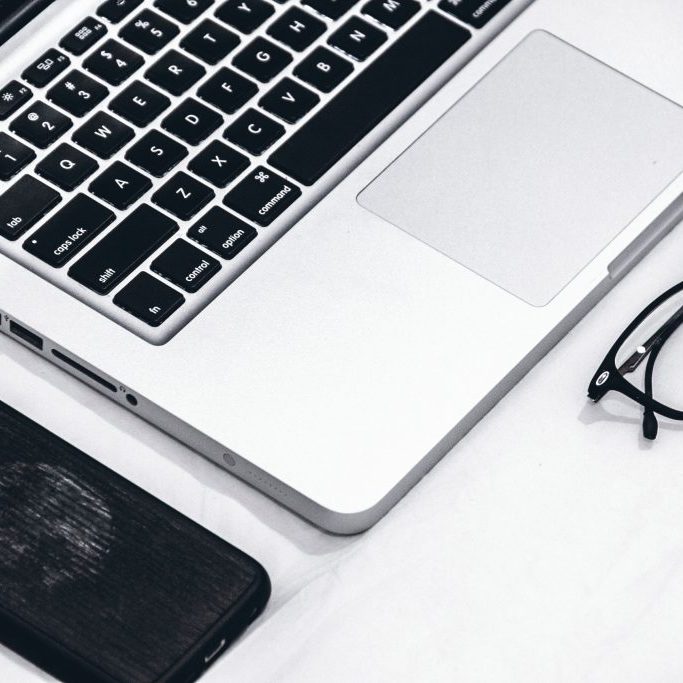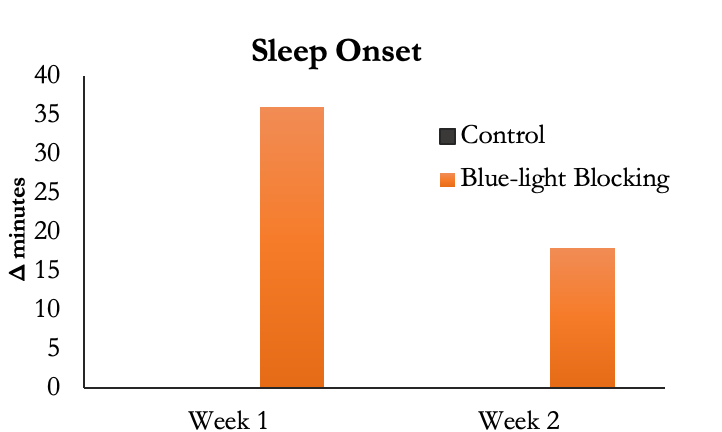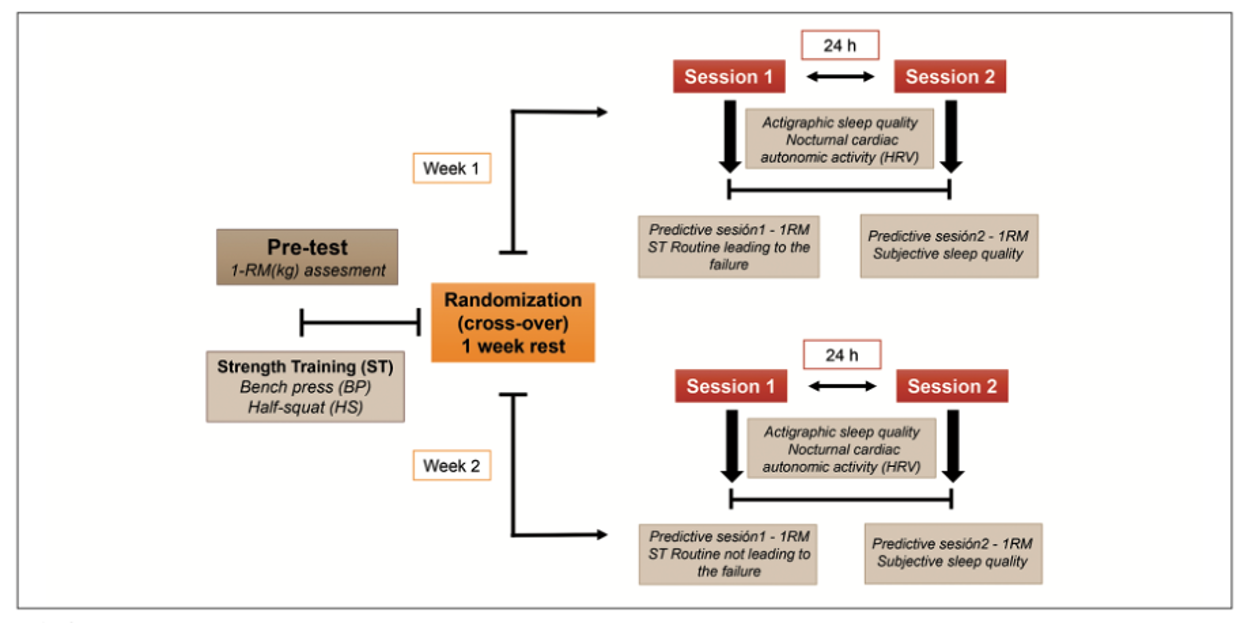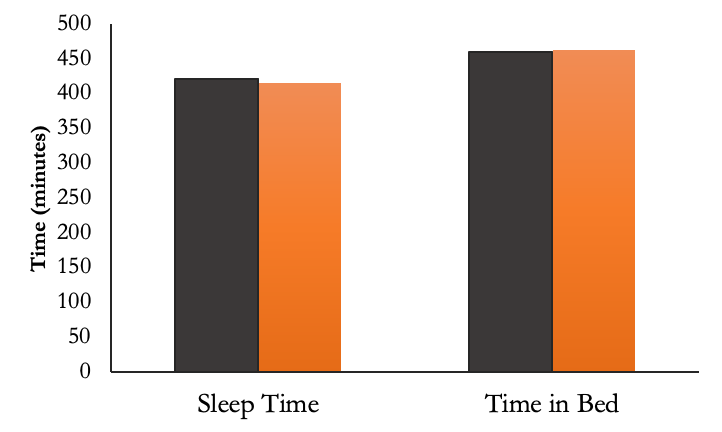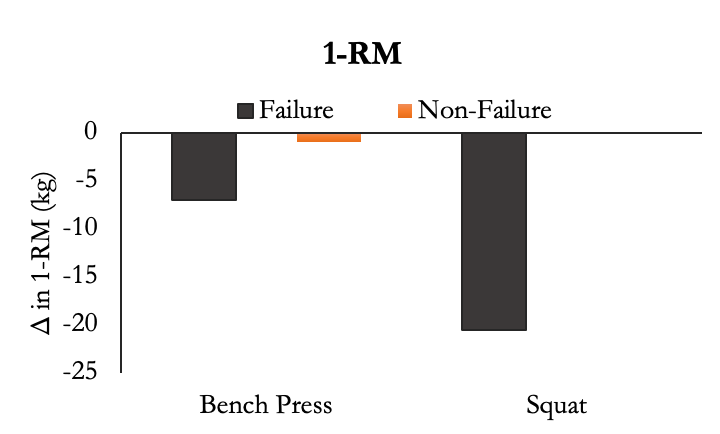Each month I will cover two research articles on nutrition, training, sleep, supplements, or anything else that might help you. If you’d like me to cover a specific study next month send me a message on Instagram.
*Note from Brandon: if you want to learn how to interpret research go read each study before reading the breakdown below, take notes, then compare your interpretation to mine. I’ve now included a background section for those who only want to read my review and not the full paper.
*If you’d rather listen to this research review in podcast format, check out the podcast below to find Coach Cody and CSO Brandon’s discussion:
Study #1
Title: Strategies to decrease social jetlag: Reducing evening blue light advances sleep and melatonin
Big Question: How can we adapt to social jetlag?
Scientific Question: Can we shift our biological clock by opening curtains and wearing blue light blocking glasses?
Why
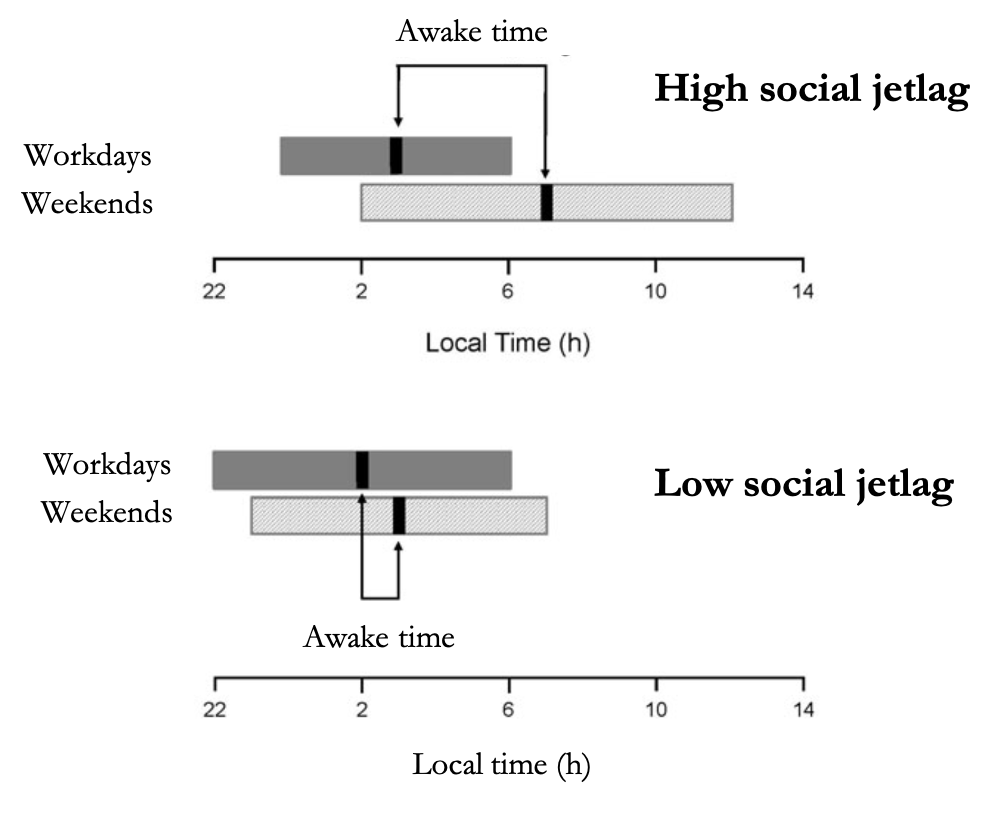
Our lives are controlled by multiple clocks. The clock we know best is the social clock, representing local time within a given time zone. The social clock allows interaction with others and the times for school, work, or fun. Social time is related to the sun clock. The third clock is the circadian clock, aka our biological clock, that controls physiology, from metabolism to behavior, enabling us to sync with our environment. The circadian clock synchronizes (entrains) to our night and day cycle. A mismatch between biological and social clocks leads to a condition called social jetlag, which is characterized by changing sleep times and accumulating sleep debt.
Something that might help with social jetlag, or sleep in general, is blue-light blocking glasses. They are marketed to alleviate eye strain and discomfort when using digital devices and improve sleep quality. The science on using blue-light blocking glasses is still fairly new, but their potential forms the rationale for a variety of options that reduces blue‐light transmission to the eye (e.g. blue-light blocking glasses or night mode settings).
Who
64 participants were recruited from the Netherlands based on their amount of social jetlag (at least 1.5). Participants were generally healthy, had no sleep complaints, and did not use sleep medication.
They had a regular schedule and had not performed shift work during the past 5 years, nor traveled more than 2 time zones during the month prior to the study.
Study Details
This study consisted of two different experiments. Both lasted four weeks. Participants were randomized to either the control group or the intervention group (see below). Stratification was used to ensure a similar distribution of variables.
In study 1, participants used blue-light blocking glasses to decrease evening blue light. The intervention group was measured for two weeks then given blue light blocking glasses for another two weeks during the evening. The control group wore glasses with clear lenses. Glasses were worn 9 hours prior to midnight, adjusted to chronotype.
In study 2, subjects were asked to sleep with their curtains open to selectively increase morning light entering their bedrooms. Only people who normally slept with dark and closed curtains could participate. The control group slept with curtains closed throughout the protocol. The intervention group slept with curtains closed for 10 days (baseline), then for 14 days with curtains open (intervention weeks), and again with curtains closed for 7 days (wash-out week).
Results
Study 1
During both protocols, the participants filled in a daily sleep diary and continuously wore an actimeter on their wrist.
The authors found that sleep onset on workdays (SOw) changed across the protocol in the blue-light blocking group, while it did not change in the control group. That makes it a little more difficult to understand the findings. SOw advanced in the group wearing blue-light-blocking light glasses (by 36 ± 45 min) after week 1, but did not change in the control group. This means they went to sleep earlier (it worked). However, the difference after week 2 was no longer significant. They might have adapted to using the blue-light glasses. That would mean we could use them for short time periods for our benefit but not all the time.
There was a trend for the blue-light blocking glasses group to sleep longer (by on average 17 ± 34 min) compared to the control group during week 1 relative to baseline (p = 0.069).
I didn’t include the standard deviation bars on the graphs, but you can imagine how big they are if there wasn’t a statistical difference. This tells us that some people might benefit more than others (response heterogeneity).
The change in Dim-Light Melatonin Onset (DLMO) followed the same trend, which helps us in thinking that the blue-light blocking glasses made a physiological difference as well as a practical difference.
Sleep end and sleep duration on workdays or non-workdays did not change between groups or across time. Social jetlag also failed to change between groups and across time. Simply put, the glasses didn’t work.
Study 2
In the second experiment with having curtains open, nothing happened. There were no changes in social jetlag, DLMO, or sleeping time. This could be because participant’s sleep times on work-free days were higher and overall social jetlag was relatively low at baseline in both studies, plus they slept on ~7.5 hours per day on workdays which is within the recommended range (7-9h). Thus, trying to improve participants who already have good habits is difficult to do. There were also some differences in the amount of light that entered the room which could be confounding the results. I was really hoping for a reason to leave my curtains open.
Author’s Answer
Based on the protocols used in these studies, decreasing exposure to blue light at the end of the internal day is more effective in advancing sleep timing and phase of entrainment (DLMO) than increasing exposure to light through windows at the beginning of the internal day.
My Answer
Social jetlag is usually greater in those who sleep late (later chronotypes), which also means they are typically more sleep-deprived during the workweek. This can have consequences because social jetlag is associated with everything from a decline in academic performance to obesity.
The time you are first able to fall asleep easily is related to the time that your brain begins to produce melatonin in the evening, which is known as Dim-Light Melatonin Onset (DLMO). This secretion can be measured in your saliva, where it has a concentration of ~3 picograms per milliliter. Exposure to light in the evening and early part of the night, even at low intensity, suppresses the release of melatonin and shifts the circadian clock to a later time, both of which make it more difficult to fall asleep at night. In the current study, they were unable to detect melatonin via saliva measures so we don’t have much physiological data. This was probably because participants had to store samples at home and acquire the saliva themselves.
Sleep is essential. The National Sleep Foundation recommends 7-9 hours per night. So, why do we have issues sleeping if we know how much we need? Maybe it’s the stimulus from blue-light. There might be a solution for that. Enter: blue-light-blocking glasses. When I started reading into their potential a study from 2009 caught my eye. The authors found that amber lenses, which block blue light, improve sleep quality and mood relative to a control group in participants with sleep issues. The study had some minor issues and needed to be replicated, but it was a good start. In 2017, a systematic review found there is a lack of high-quality clinical evidence for a beneficial effect of blue‐blocking spectacle lenses in the general population to improve visual performance or sleep quality, alleviate eye fatigue or conserve eye health. I also went through about five studies on blue-light blocking lenses, and the evidence is somewhat split. The current study adds to the literature and tells us that blue-light blocking glasses aren’t going to help social jetlag, but they may be useful for slightly extending sleep times or minimally shifting sleep earlier for a week.
How can we apply this?
Technology has decoupled us from the natural 24-hour day to which our bodies normally sync, driving us to go to bed later. There’s a somewhat easy fix to this: don’t use technology at night or near bedtime. That might be pretty hard to do. Netflix starts those damn episodes before I get back from grabbing some water. When we look at DLMO, we probably need to stop using technology for a long time before we try to sleep. I’d say 2-3 hours to be safe. On a completely different note, to figure out your chronotype you can use the AutoMEQ on this free website. This will tell you whether you’re prone to social jetlag issues (later chronotypes).
What’s next?
I think a few more studies on blue-light-blocking glasses would be beneficial. We also need to figure out how exercise plays a role and if we can combine it with light therapy to shift our clock forward or backward. These glasses are so cheap and simple that they would be a welcome sleep tool for most.
Study #2
Big Question: Does training influence sleep?
Scientific Question: What are the acute effects of failure vs non-failure training on sleep quality?
Why
If you can’t tell, this month’s research review is dedicated to sleep. You’ll often hear people talk about how important sleep is for optimal training, nutrition, and to help prevent life stress. But what about the opposite? Can resistance training cause changes in sleep quality? The authors mention that this is the first study on the topic so I don’t have much background for you.
Just kidding.
There’s plenty of science on sleep and training. I have no idea what the authors were thinking. I’ll cover more details in the discussion below.
Who
15, male, strength-trained athletes participated in the study. Participants were ~23 years old, roughly 78kg, and trained 8-12 hours per week. They had about 4 years of experience.
Study Details
The aim of this study was to determine the acute effect of resistance training (RT) leading to failure vs. non-failure on sleep quality (SQ), heart rate variability (HRV) overnight, and one-repetition maximum (1-RM) performance 24 hours after training.
The authors used a randomized cross-over design. Each participant’s training consisted of bench press and squat to either failure or non-failure. The failure/non-failure sessions were separated by one week.
Experimental Design
Sleep quality and actigraphy were measured the night after the training session. The next day, a 1-RM post-test was performed.
Results
This might be the shortest result section in a research review you ever see from me. There were no significant differences in any of the sleep measures.
The authors also measured 1-RM before and after training. They found that going to failure caused a larger decrease in 1RM in the next training session compared to non-failure. Big surprise there.
Finally, the authors measured HRV but found no differences between groups. The data wasn’t worth graphing because it was so similar.
Author’s Answer
The results showed that both types of training sessions (failure and non-failure) had a similar effect on the sleep quality and quantity, perceived and measured by the questionnaire and actigraphy, as well as on the autonomic modulation during the night after the training session.
A single session of RT to failure produced fatigue that decreased the 1-RM in BP (7.2%) and HS (11.1%) on the following day. However, this parameter did not decrease after a non-failure RT session. In addition, both types of acute training sessions (failure and non-failure) seem to have affected in a similar manner the perceived and measured sleep quantity and quality as well as the autonomic modulation during the night after the training session.
My Answer
Sometimes a study looks really interesting, so you read it. Then you find it’s not that interesting at all because there were no differences between groups. It doesn’t make for the most exciting information but it’s just as important as finding differences. Scientists call this the file drawer effect, which is also known as publication bias. Studies with statistically significant findings are more likely to be published. That makes for a lot of repeated experiments by people (e.g., grad students) because they never knew something didn’t work in the first place. It sucks.
Back to sleep
One meta-analysis (Youngstedt et al., 1997) found that acute exercise increases total sleep time. Another meta-analysis, focused on resistance training, and found chronic exercise improves all aspects of sleep, with the greatest benefit for sleep quality.
What if your sleep is good already? Does exercise help or hurt it? Probably neither. A study on those with good sleep did not display significant alterations in sleep parameters after performing one session of RT. To add, most of the studies in the meta-analyses and reviews I mentioned earlier were on people who had good sleep habits.
Ok, so if we want to absolutely optimize sleep should you worry about what time of day you exercise?
Again, probably not. A study on powerlifters, found no differences in sleep patterns on the days that training sessions were performed compared with those on rest day. If we take a closer look at the meta-analysis (Youngstedt et al., 1997) I mentioned earlier you’ll see that there is a miniscule (~3-5min advantage) for falling asleep faster if you exercise within ~4 hours of bedtime, but I don’t think that would make a realistic difference. Most people who have sleep issues need much more than a few minutes.
It might be worth thinking about caffeine if you take pre-workouts stuffed with stimulants because these can have negative effects on sleep. For example, one study found that taking 400mg of caffeine 6 hours or less before sleep can cause issues. So, if you’re dependent on high doses of caffeine to get you through your workouts then you may not want to exercise in the evening. There are exceptions, of course, but the average person should probably stick with non-stimulants in the evening.
The mechanism for exercise helping with sleep is still unknown. It was once thought that the increase in body temperature from exercise could help sleep because elevated body temperature improves sleep. However, that was debunked. A more plausible explanation could be that exercise reduces anxiety, which in turn improves sleep. Another explanation could be due to exercise improving symptoms of depression and improving sleep indirectly. Finally, exercise could affect melatonin and our biological clock. There’s a lot more research to do around sleep and exercise.
How can we apply this?
This is another study where there really isn’t much application other than don’t try to max out after going to failure in a training session the day before because your 1RM will decrease. I have a feeling you already knew that though.
What’s next?
I don’t have a specific study or experiment this time, rather a broad idea. One of the easiest things that exercise/nutrition scientists can add to a study is a sleep questionnaire. It’s simple, quick, and effective. This would help us interpret research better too. Based on the current literature, most of the time you probably won’t see any changes in sleep outcomes and that’s ok. It still gives us more data.

